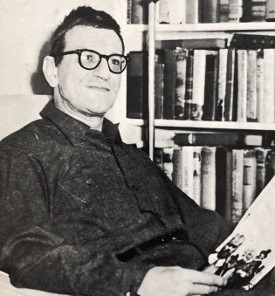The Emancipation Proclamation

Author:
Earl Schenck Miers
Illustrator:
Gerald Andrea
Publication:
1969 by Grosset & Dunlap
Genre:
Government and Law, History, Non-fiction
Series:
Documents of Freedom ![]() Members Only
Members Only
Pages:
154
Current state:
This book has been evaluated and information added. It has been read but content considerations may not be complete.
Book Guide
Search for this book used on:
Abraham Lincoln's historic Proclamation of 1863 freed the Negro slaves in the rebellious southern states and ultimately led to the passage of the 13th Amendment, which has greatly influenced our own times as well. This book by a well-known historian is a dramatic, significant account of the critical events that moved Lincoln to issue his famous edict in the midst of the bloodiest civil war in history.
The slavery issue was at the center of the hostile feeling between North and South, but there were other factors as well. The rivalry on all fronts, social, economic and racial, grew in intensity until the whole country was split by hatred. Lincoln foresaw the crisis that was coming when he said in a speech in Illinois: "'A house divided against itself cannot stand.'"
This was the situation that faced Abraham Lincoln when on that chilly February morning in 1861, he boarded the train at Springfield that would take him to Washington, D.C. to become the 16th President of the United States and possibly the last President of a united nation.
Earl Schenck Miers, an outstanding authority of this phase of American history, paints an unforgettable picture of America at its greatest time of testing, when the future of the Union itself was being decided and when the bonds of shame were finally cut from a persecuted and enslaved people.
From the dust jacket
To view an example page please sign in.
Content Guide
Please sign in to access all of the topics associated with this book and view other books with the same topics.
Please sign in to access the locations this book takes place in and view other books in the same location.
Please sign in to access the time periods this book takes place in and view other books in the same time period.
Please sign in to access information about the content of this book that you may want to consider before reading.
Find This Book
Search for this book used on:



